The 2015 Subaru WRX – an iconic sports sedan – enjoys a loyal global following for its exceptional performance, agile handling, and rally-bred DNA. At the heart of this impressive machine lies a range of powerful and efficient engines that deliver exhilarating performance on the road and the track.
In this in-depth review, we will explore the engine options available in the 2015 Subaru WRX, and their key features, and provide valuable insights backed by expert analysis and user reviews.
Related Reading: V12 Supremacy: The World’s Top 17 Most Powerful V12 Engines In 2023 And The Cars Using Them
The 2015 Subaru WRX’s Base Engine:
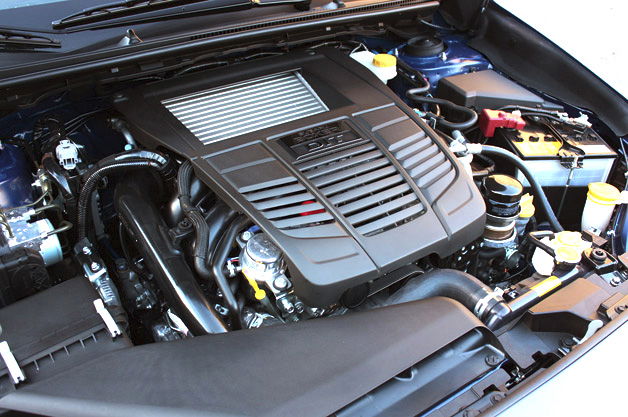
- 2.0-Liter Turbocharged Boxer
The entry-level engine option for the 2015 Subaru WRX is a 2.0-liter turbocharged Boxer engine. This direct-injected powerplant generates an impressive 268 horsepower and 258 lb-ft of torque.
The Boxer engine’s horizontally opposed design contributes to the WRX's balanced weight distribution and enhanced stability and handling. Equipped with a twin-scroll turbocharger, this engine delivers quick throttle response and minimal turbo lag, ensuring immediate power delivery across the rev range.
The 2.0-liter engine pairs with a 6-speed manual transmission as standard. This marriage is a promise of precise gear shifts and an engaging driving experience. Additionally, an optional continuously variable transmission (CVT) is available for those who prefer a more relaxed driving experience.
2. 2015 WRX’s Enhanced Performance: FA20DIT Engine
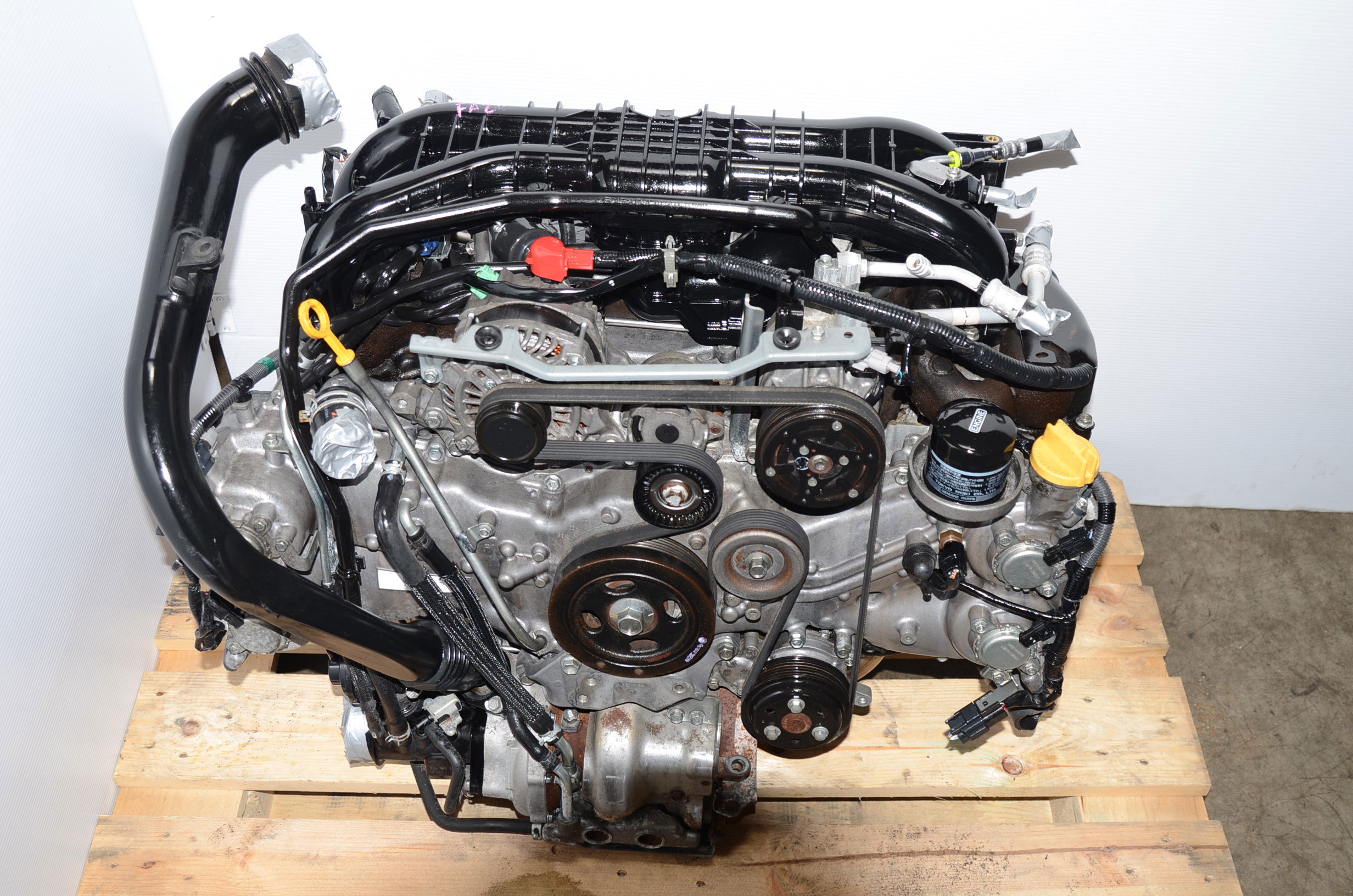
The 2015 Subaru WRX STI model features an enhanced version of the base engine called the FA20DIT. This 2.0-liter turbocharged Boxer engine, shared with the Subaru Forester XT, produces an impressive 305 horsepower and 290 lb-ft of torque.
The FA20DIT benefits from a larger twin-scroll turbocharger, improved intercooler, and reinforced internals, allowing it to handle higher boost pressure and deliver enhanced performance.
The FA20DIT engine is exclusively mated to a 6-speed manual transmission, offering a similar promise of a direct and engaging driving experience. The combination of the increased power output and the precise transmission results in exhilarating acceleration and a thrilling driving dynamic.
2015 Subaru WRX’s Driving Dynamics And All-Wheel Drivetrain

The 2015 Subaru WRX’s legendary Symmetrical All-Wheel Drive (AWD) system tops the list of its standout features. Subaru's AWD system is a crucial component that contributes to the WRX's exceptional handling characteristics and superior traction in various driving conditions.
The AWD system, combined with the WRX's engines, allows for impressive grip and stability, ensuring confidence-inspiring cornering and precise control. Whether navigating twisty mountain roads or tackling challenging weather conditions, the WRX's AWD system provides a surefooted and engaging driving experience.
The WRX’s Engine’s Efficiency And Fuel Economy
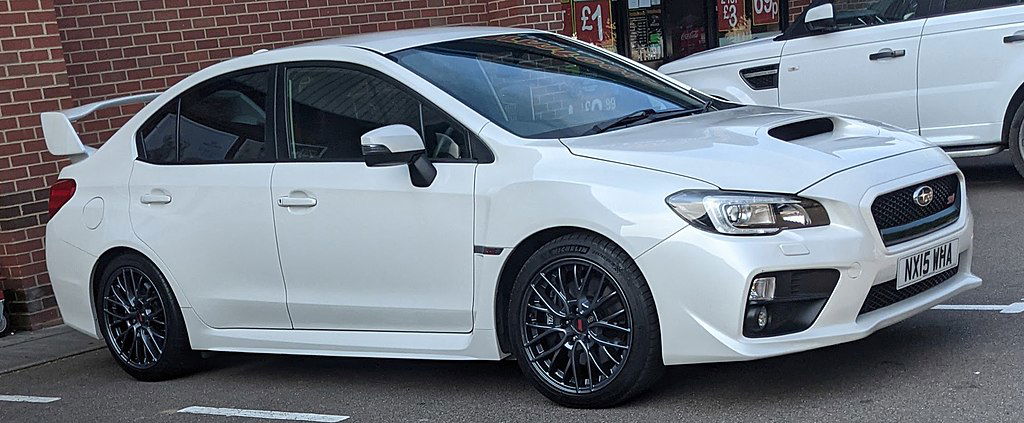
While the 2015 Subaru WRX is known for its performance, it also offers commendable fuel efficiency for a sports sedan. The 2.0-liter turbocharged engines deliver competitive fuel economy figures compared to their rivals.
The base 2.0-liter engine achieves an EPA-estimated 21 mpg in the city and 28 mpg on the highway with the manual transmission, while the optional CVT improves highway fuel economy to 27 mpg.
The FA20DIT engine propelling the WRX STI delivers an EPA-estimated 17 mpg in the city and 23 mpg on the highway. These figures are impressive with the WRX’s performance capabilities of the mix. You could very well see it as a demonstration of Subaru's commitment to balancing power with efficiency.
The 2015 Subaru WRX Engine’s User Reviews And Feedback
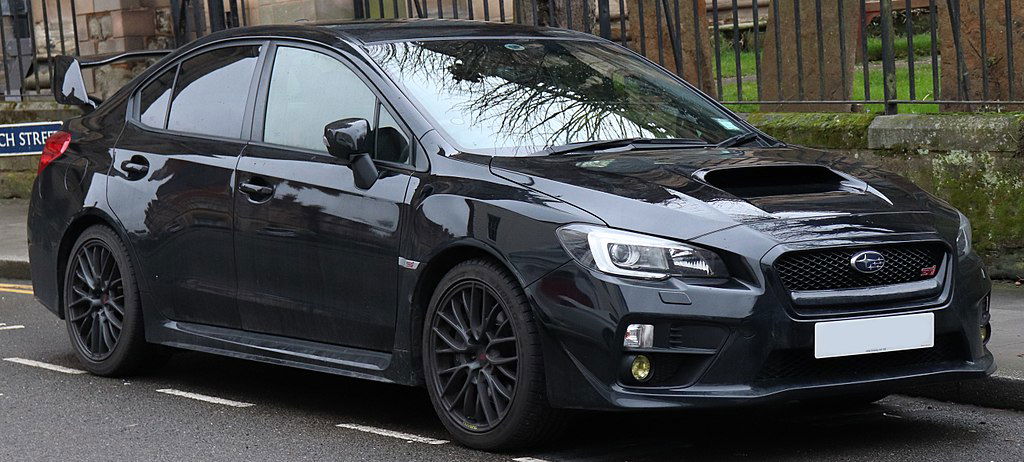
The 2015 Subaru WRX engines have received positive feedback from both automotive experts and owners alike. Many reviewers praise the responsiveness and power delivery of the turbocharged engines, particularly the FA20DIT in the WRX STI.
The combination of the turbocharged performance and the WRX's AWD system is highly regarded for its ability to provide thrilling acceleration and confident handling.
Owners appreciate the reliability and durability of the engines, with some reporting trouble-free ownership even after many miles of spirited driving. The distinct exhaust note of the Boxer engine is also a point of admiration among enthusiasts.
The WRX’s Engine’s Aftermarket Potential
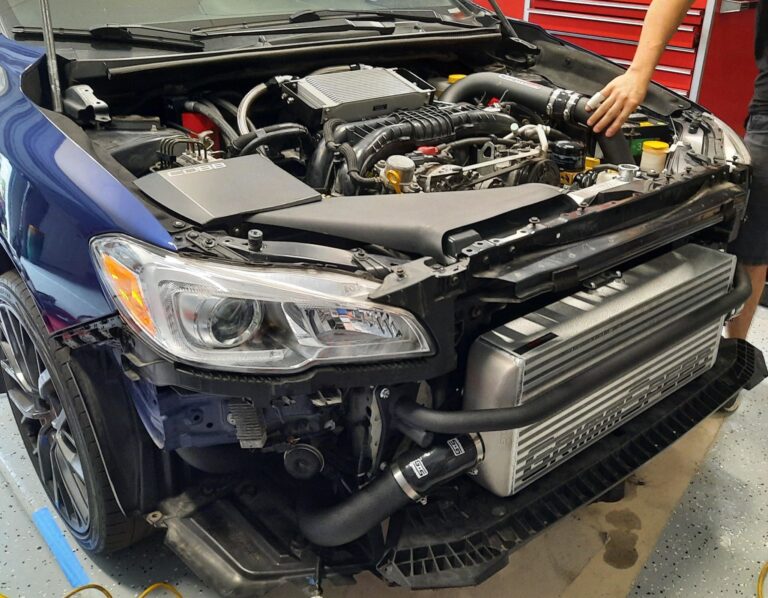
The 2015 Subaru WRX engines have gained significant popularity in the aftermarket tuning community. The robust design and turbocharged nature of these engines make them ideal for extracting additional power and performance through aftermarket modifications.
Many aftermarket companies offer a wide range of performance upgrades, including ECU tuning, intake systems, exhaust systems, and turbocharger enhancements. These modifications can significantly increase horsepower and torque outputs, allowing enthusiasts to customize their WRX to their desired level of performance.
Related Reading: Here Are The 11 Most Powerful V6 Engines Ever Made (A Current List)
Common Causes Of Check Engine Light Activation In The 2015 Subaru WRX
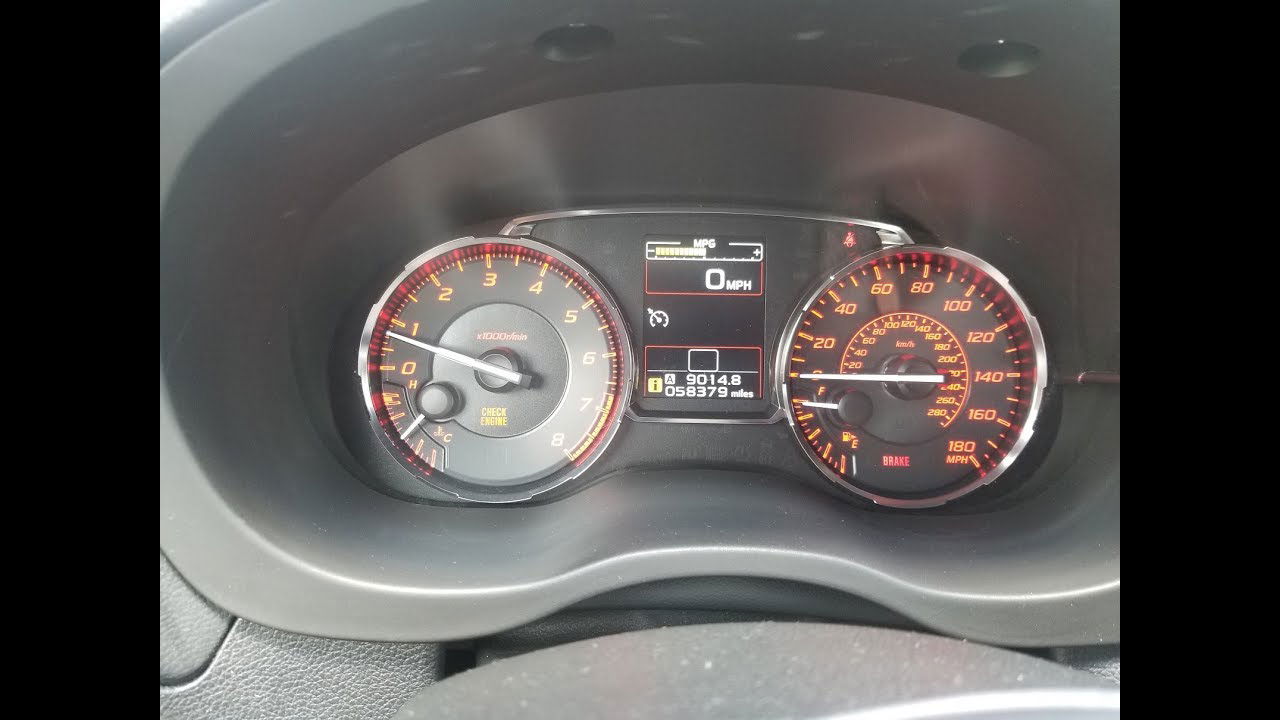
The check engine light in the 2015 Subaru WRX can get triggered by various factors, ranging from minor issues to more significant concerns. Some common causes include:
a) Oxygen Sensor Malfunction: A faulty oxygen sensor can lead to incorrect readings of the air-fuel mixture, resulting in reduced engine performance and increased emissions.
b) Loose or Damaged Gas Cap: A loose or damaged gas cap can cause fuel vapor leaks, triggering the check engine light.
c) Mass Airflow Sensor Problems: Issues with the mass airflow sensor responsible for measuring the amount of air entering the engine can lead to incorrect fuel-air ratios and engine performance issues.
d) Catalytic Converter Concerns: A failing catalytic converter can trigger the check engine light due to reduced efficiency in converting harmful gases.
e) Ignition System Problems: Faulty ignition coils, spark plugs, or ignition modules can result in engine misfires, leading to check engine light activation.
Handling Check Engine Light Issues In The 2015 WRX
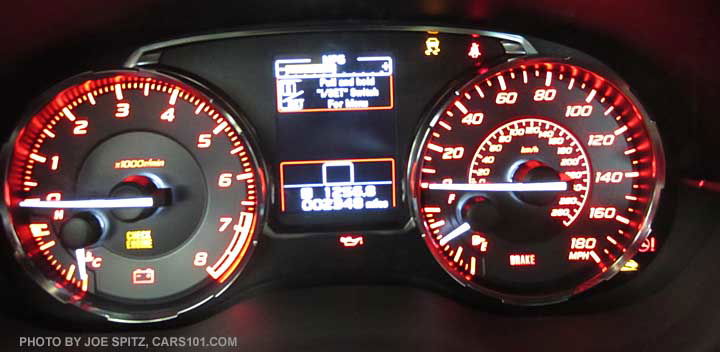
When the check engine light illuminates in the 2015 Subaru WRX, it is essential to take appropriate steps to diagnose and resolve the underlying problem. Here are some recommended actions:
a) Check for Loose Gas Cap: Start by checking the gas cap to ensure it is tightly secured. If loose, tighten it until it clicks. If the cap is damaged, consider replacing it.
b) Inspect Other Visible Components: Conduct a visual inspection of hoses, wires, and connections in the engine bay for any signs of damage or disconnection. Secure or replace any faulty components as necessary.
c) Scan for Diagnostic Trouble Codes (DTCs): To pinpoint the specific issue, it is crucial to use an OBD-II scanner to retrieve the DTCs associated with the check engine light. These codes provide valuable information about the problem area.
d) Seek Professional Assistance: If you are uncomfortable diagnosing or resolving the issue on your own, it is advisable to visit a qualified mechanic or Subaru dealership. They have the expertise and diagnostic tools to identify and fix the problem accurately.
2015 Subaru WRX “Check Engine Light” Prevention And Maintenance
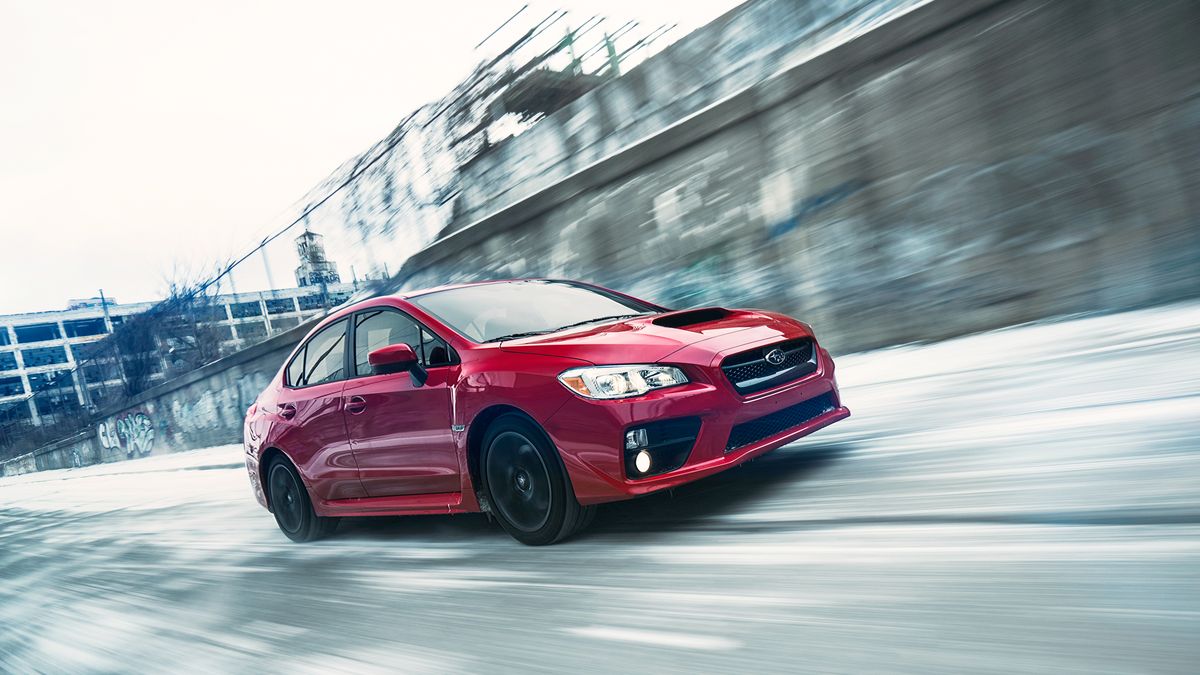
While check engine light issues can occur unexpectedly, regular maintenance and proactive measures can help minimize the frequency of these occurrences. Here are some preventive steps to consider:
a) Follow Recommended Service Intervals: Adhere to the manufacturer's recommended maintenance schedule, including oil changes, filter replacements, and spark plug inspections. Regular maintenance helps prevent common issues that can trigger the check engine light.
b) Use Quality Fuel and Ensure a Proper Gas Cap Seal: Opt for high-quality fuel to minimize the risk of contaminants affecting engine performance. Additionally, ensure the gas cap is tightly sealed after refueling.
c) Address Warning Signs Promptly: If you notice any unusual noises, performance changes, or other warning signs, address them promptly. Ignoring potential issues can lead to more significant problems and potentially trigger the check engine light.
d) Maintain a Clean Air Intake System: Regularly inspect and clean the air intake system, including the air filter and mass airflow sensor, to ensure optimal performance and prevent potential issues.
e) Use Genuine Subaru Parts: When replacing components or performing repairs, opt for genuine Subaru parts. These parts are designed specifically for your vehicle and are more likely to provide reliable performance and compatibility.
Verdict On The 2015 Subaru WRX’s Engine And Powertrain
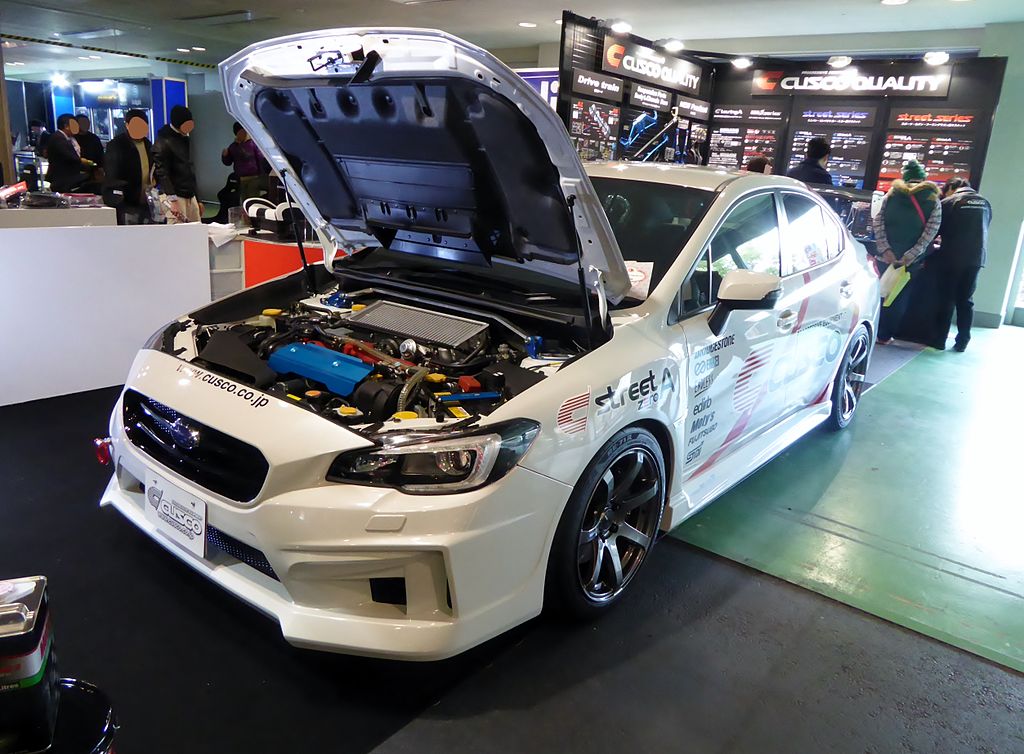
Both the base 2.0-liter turbocharged Boxer and the enhanced FA20DIT in the WRX STI deliver impressive power, exhilarating performance, and notable fuel efficiency.
The combination of Subaru's Symmetrical All-Wheel Drive system and the responsive engines ensures a thrilling and engaging driving experience in various driving conditions. With positive feedback from both experts and owners, the 2015 Subaru WRX engines have proven just as reliable as they are capable.